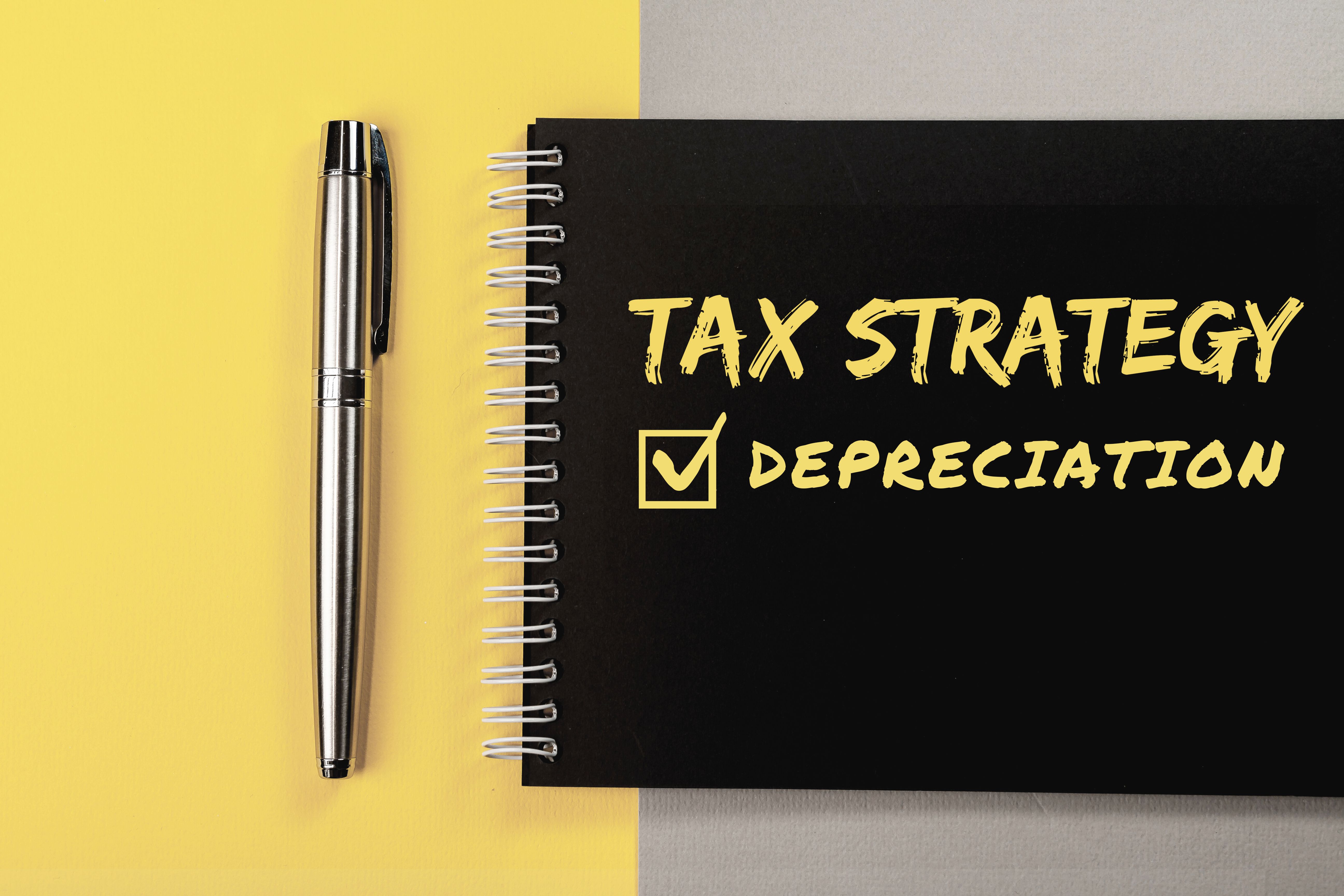Maximizing Depreciation for the Best Tax Position
When it comes to maximizing depreciation deductions before the end of the year, timing is critical. It's important to start thinking about this well...

Debt can be a double-edged sword when it comes to its impact on a business. It has the potential to either propel a company towards success or plunge it into financial turmoil. It's crucial for business owners to understand the difference between good and bad debt in order to make informed decisions and safeguard the financial health of their businesses.
Bad debt refers to loans that do not generate a return on investment and can lead to financial difficulties. These often come in the form unnecessary vehicles or equipment in and effort to bring taxes to the lowest possible level. These may help short term but stunt long term growth.
Using bad debt poorly can have negative consequences. For example, some business owners may take out loans to buy assets solely for the purpose of reducing their tax liability. However, this strategy can backfire if the interest on the loan outweighs the tax savings. Overleveraging can also be detrimental to a business, as seen during the 2008-2009 recession when construction contractors took on excessive debt to avoid taxes but struggled when the market crashed.
On the other hand, good debt can create opportunities for a business. For example, taking advantage of low-interest loans can provide financial flexibility and allow businesses to invest in assets that generate more income than the debt payment.
Real estate is a common example of good debt. By utilizing real estate investments, businesses can increase their assets and generate more income. Banks are more comfortable lending money for real estate because it serves as collateral. Other examples of good debt include using credit cards responsibly to earn cash back rewards and using lines of credit to bridge temporary financial gaps.
However, it's important to approach debt management with a long-term strategy in mind. Businesses should consider their long-term plans and goals when deciding whether to acquire or reduce debt. Growth-oriented businesses may need to acquire debt to expand, while businesses looking to wind down may focus on debt reduction. It's crucial to understand the risks and rewards associated with debt and have a realistic plan for repayment.
Businesses should approach debt management with caution and consider their long-term goals. Good debt can create opportunities and increase assets, while bad debt can lead to financial difficulties. It's important to have a realistic plan for repayment and to avoid overleveraging. By understanding the risks and rewards associated with debt, businesses can make informed decisions to improve their financial situation.
Do you want help with managing your debt? Click the “Let’s Chat” button and see how Kaizen CPAs + Advisors can help you.

When it comes to maximizing depreciation deductions before the end of the year, timing is critical. It's important to start thinking about this well...

Owning real estate for your small business isn't just a milestone—it’s a smart financial move. Beyond giving your business a stable location,...
According to the U.S. Department of Agriculture, to raise a child born in 2013 to the age of 18, it will cost an average couple $245,340. Luckily,...